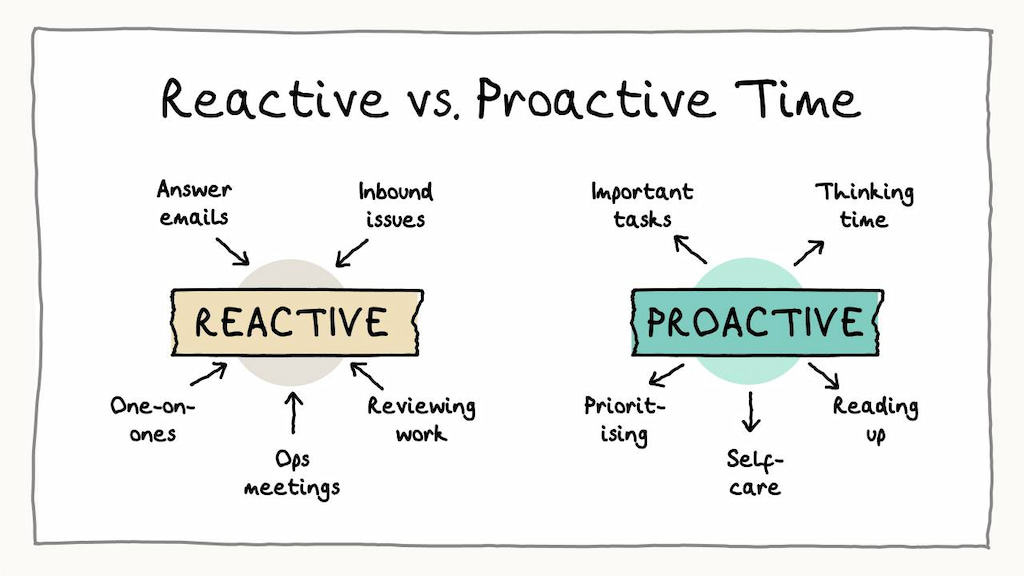How Long Does It Take For Proactive To Work
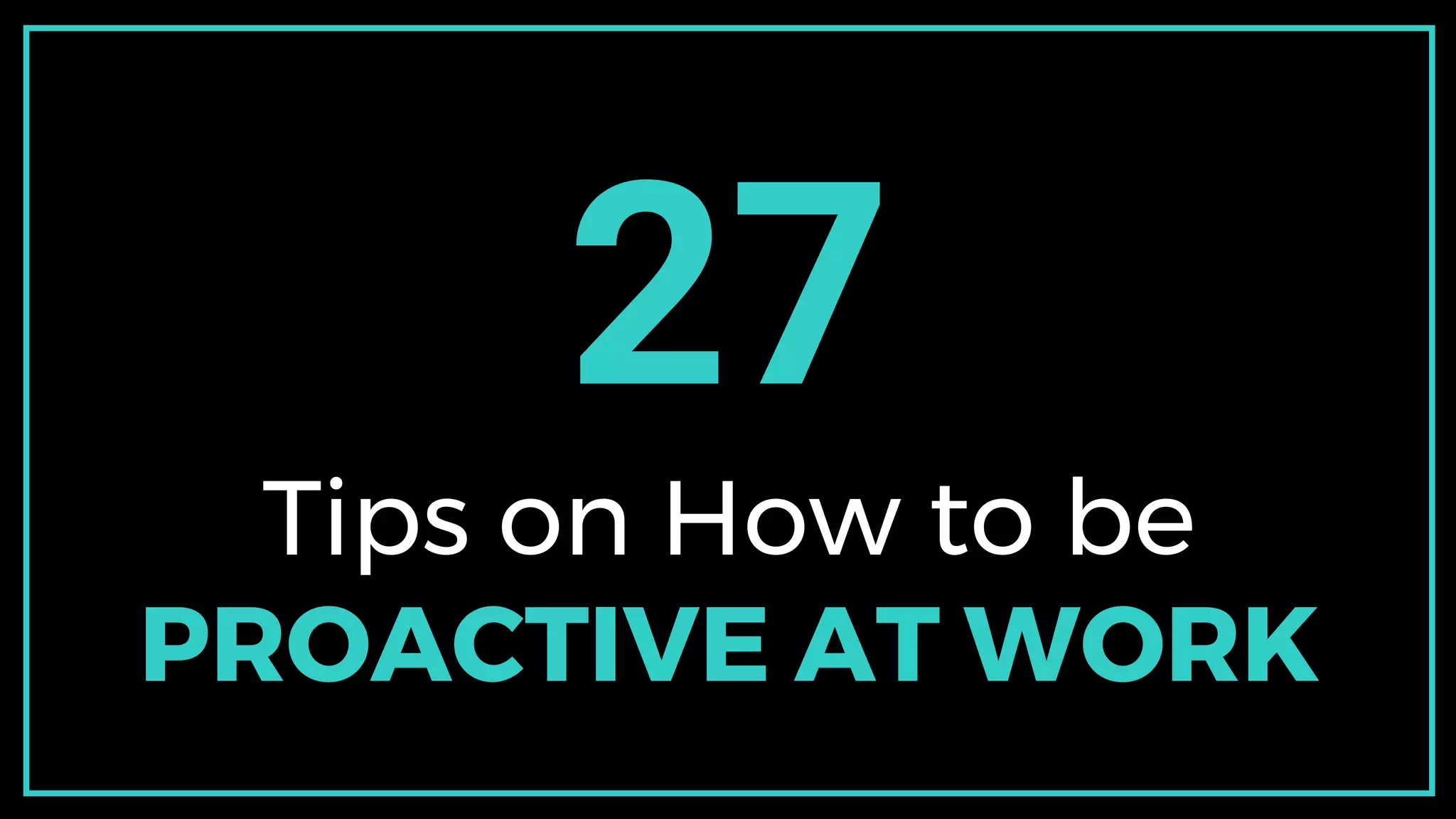
The quest for clear skin is a journey fraught with frustration and false promises. For many, Proactiv, the widely recognized acne treatment system, represents a beacon of hope. But navigating the world of skincare often leads to the pivotal question: how long before Proactiv actually works?
Determining the effectiveness timeline of Proactiv isn't straightforward. It's influenced by various factors, including the severity of acne, individual skin types, and consistent adherence to the treatment regimen. This article delves into the expected timeframe for seeing results from Proactiv, examining the science behind its ingredients and exploring realistic expectations for users.
Understanding the Science Behind Proactiv
Proactiv typically consists of a multi-step system featuring a cleanser, toner, and treatment. The core active ingredients usually include benzoyl peroxide and/or salicylic acid. These ingredients work to combat acne in different ways.
Benzoyl peroxide is an antibacterial agent that kills acne-causing bacteria, while salicylic acid is a beta-hydroxy acid (BHA) that exfoliates the skin and unclogs pores. Understanding how these components function is key to understanding the treatment's efficacy and timeline.
The Initial Weeks: What to Expect
In the initial weeks of using Proactiv, many users experience a period of adjustment. This often involves a phenomenon known as "purging." Purging occurs as the active ingredients accelerate skin cell turnover and bring underlying impurities to the surface.
As skin experts at The American Academy of Dermatology caution, "Purging can temporarily worsen acne before it gets better." This can manifest as increased breakouts, redness, and dryness.
This phase typically lasts for two to four weeks. It's crucial to persevere through this period and maintain consistent use, as it indicates the product is actively working.
The 4-8 Week Mark: Signs of Improvement
Around the 4-8 week mark, users should begin to see noticeable improvements in their skin. Breakouts may become less frequent and less severe.
Redness and inflammation may subside. The overall texture of the skin should also improve as clogged pores clear.
It’s important to note that complete clearance of acne is not always achieved within this timeframe. Many individuals may continue to experience mild breakouts or blemishes.
Beyond 8 Weeks: Long-Term Results and Maintenance
For many, the full benefits of Proactiv become apparent after 8 weeks or more. Continued consistent use is crucial for maintaining results.
Long-term management may involve adjusting the frequency of use to prevent dryness or irritation. Some users find that alternating Proactiv with gentler cleansers or treatments works best for their skin.
Dermatologists often recommend incorporating additional skincare practices to optimize results. This includes using non-comedogenic moisturizers, wearing sunscreen daily, and avoiding harsh scrubbing or picking at the skin.
Factors Influencing Proactiv's Effectiveness
Several factors can influence how quickly and effectively Proactiv works. The severity of acne is a primary determinant.
Individuals with mild to moderate acne may see faster results compared to those with severe acne or cystic acne. Skin type also plays a role.
People with sensitive skin may need to use the products less frequently to avoid irritation, which can slow down the treatment process. Hormonal fluctuations, diet, and stress levels can also impact acne and influence the effectiveness of Proactiv.
When to Seek Professional Help
While Proactiv can be effective for many, it is not a one-size-fits-all solution. If acne persists or worsens after several weeks of consistent use, seeking professional help from a dermatologist is recommended.
Dermatologists can assess the specific type of acne and recommend more targeted treatments, such as prescription-strength topical medications or oral medications like antibiotics or isotretinoin.
They can also provide guidance on proper skincare routines and lifestyle adjustments to manage acne effectively. Remember to do a patch test before using any new skincare product, especially if you have sensitive skin.
Alternative Perspectives: What the Critics Say
While Proactiv enjoys widespread popularity, it also faces criticism. Some dermatologists argue that its active ingredients are readily available in other, less expensive products.
Others express concern about the potential for irritation and dryness, particularly with long-term use. Furthermore, some critics highlight the brand's marketing tactics, suggesting that they may overpromise results.
Consumers are encouraged to research ingredients and compare products to make informed decisions about their skincare.
The Future of Acne Treatment
The field of acne treatment is constantly evolving. Researchers are exploring new approaches, including innovative topical and oral medications, light and laser therapies, and even microbiome-based treatments.
These advancements hold promise for more effective and personalized acne solutions in the future. As research continues, individuals seeking clear skin will have access to a wider range of options to address their specific needs.
For now, understanding the science behind treatments like Proactiv, managing expectations, and consulting with dermatologists remain crucial steps in the journey to achieving healthy, clear skin.

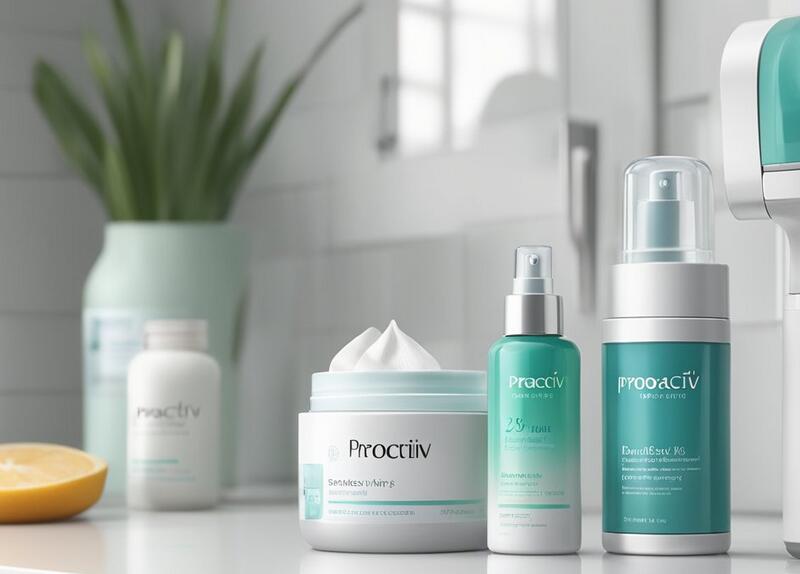
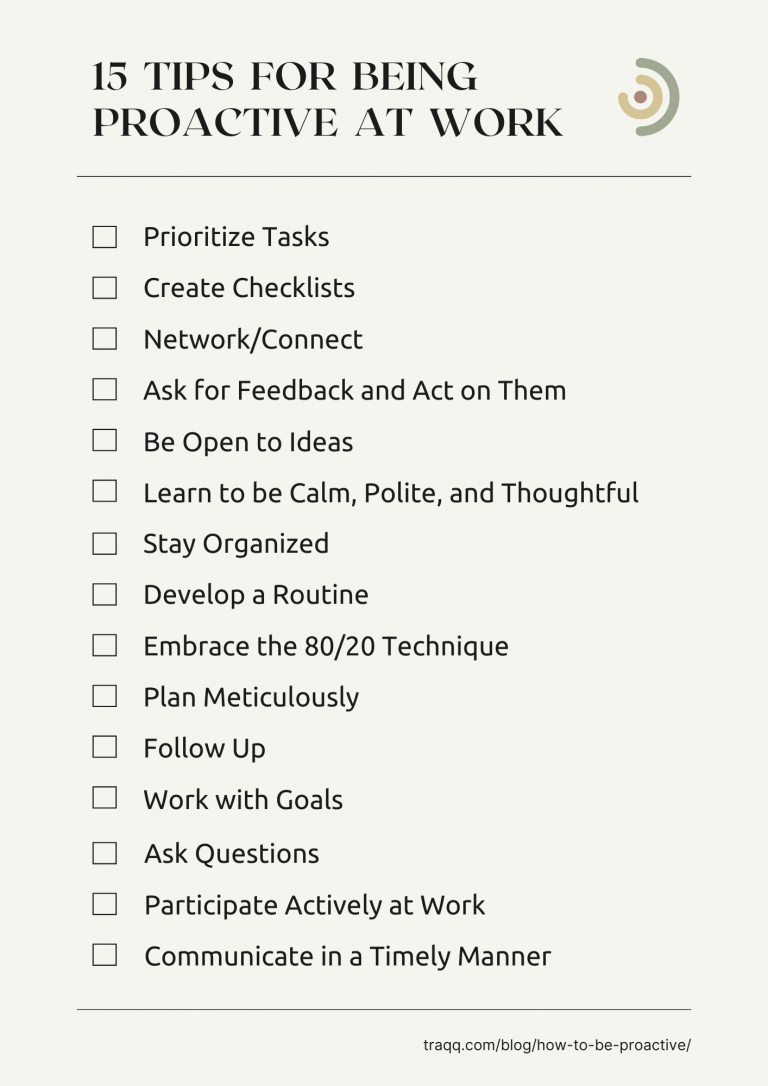
.jpg)
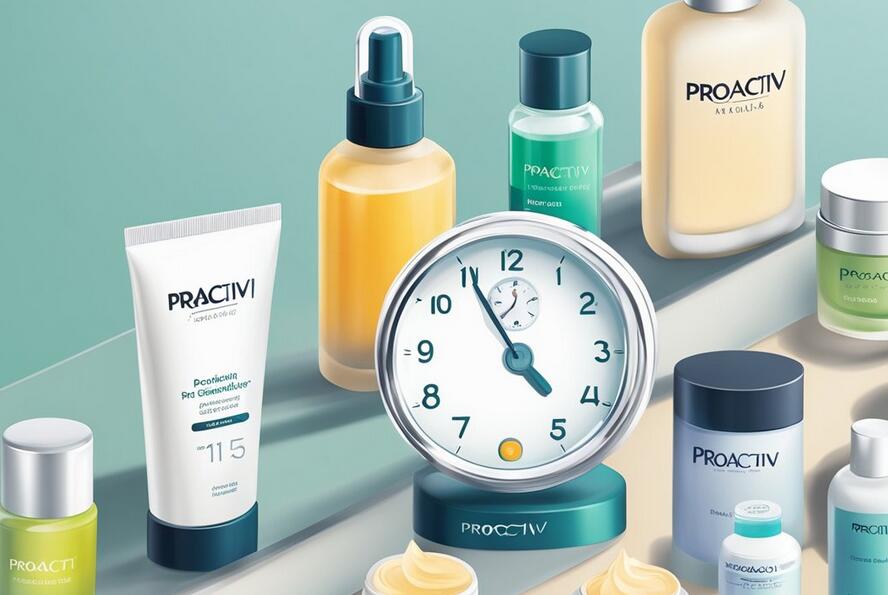
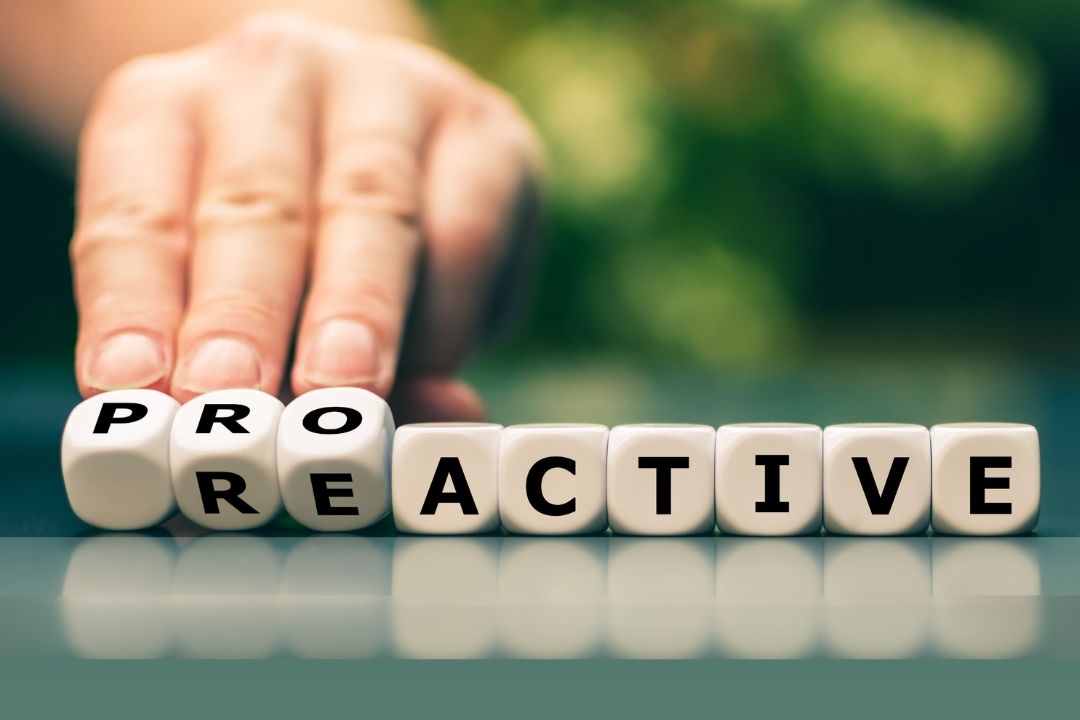
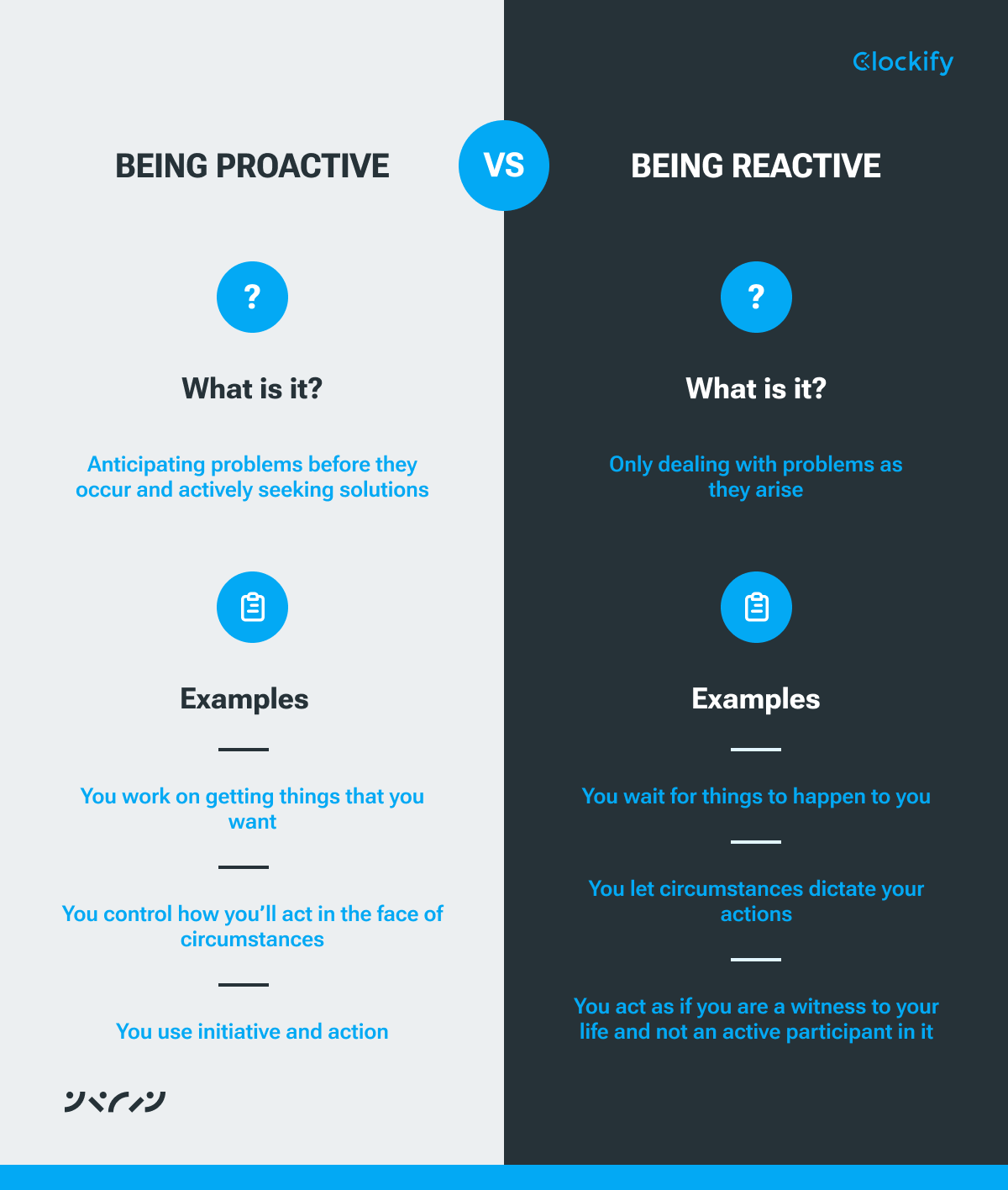

:max_bytes(150000):strip_icc()/does-proactiv-work-15845-Final-0b1073b51ebd4c3586b21af199b96b1f.png)







